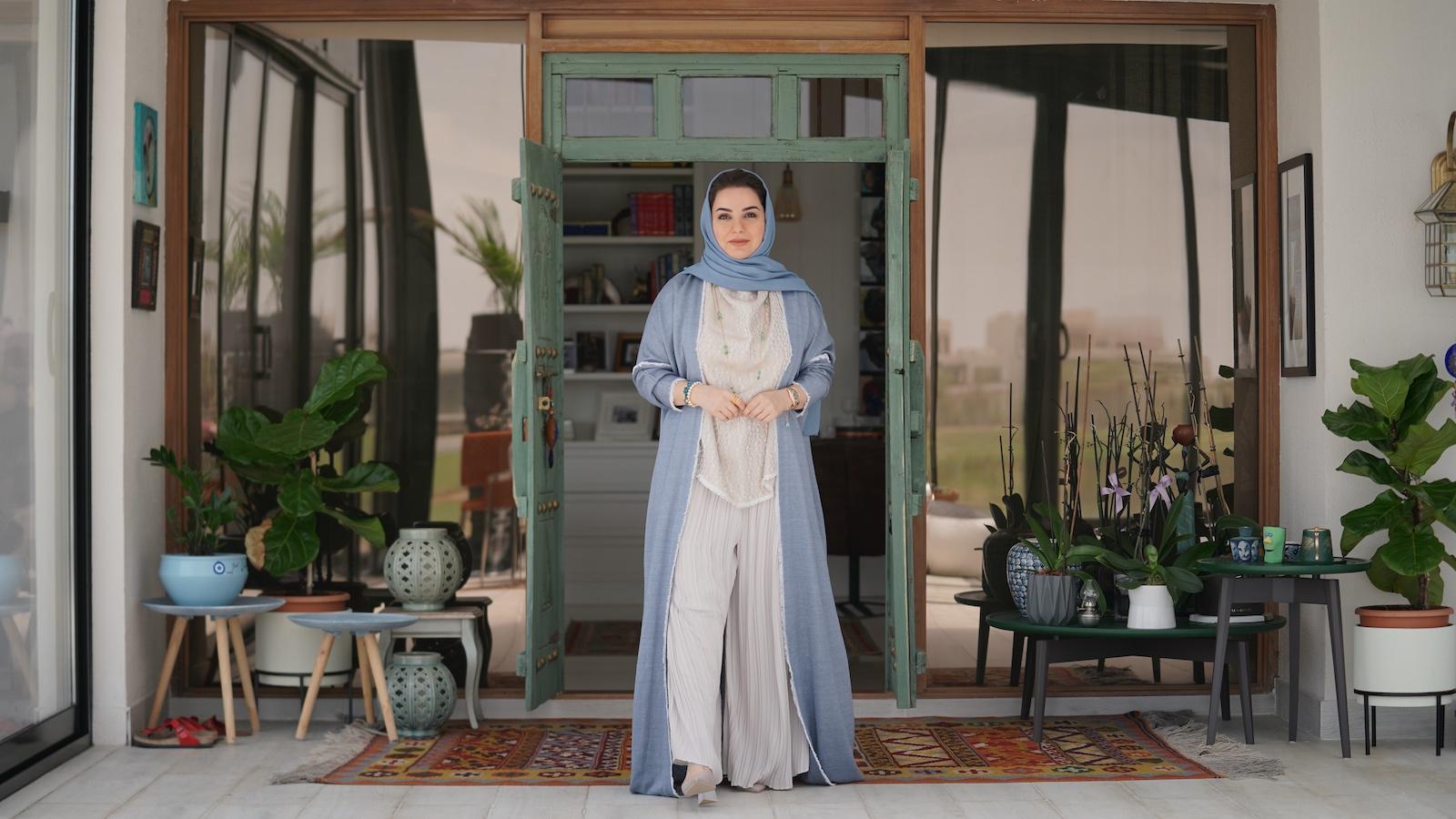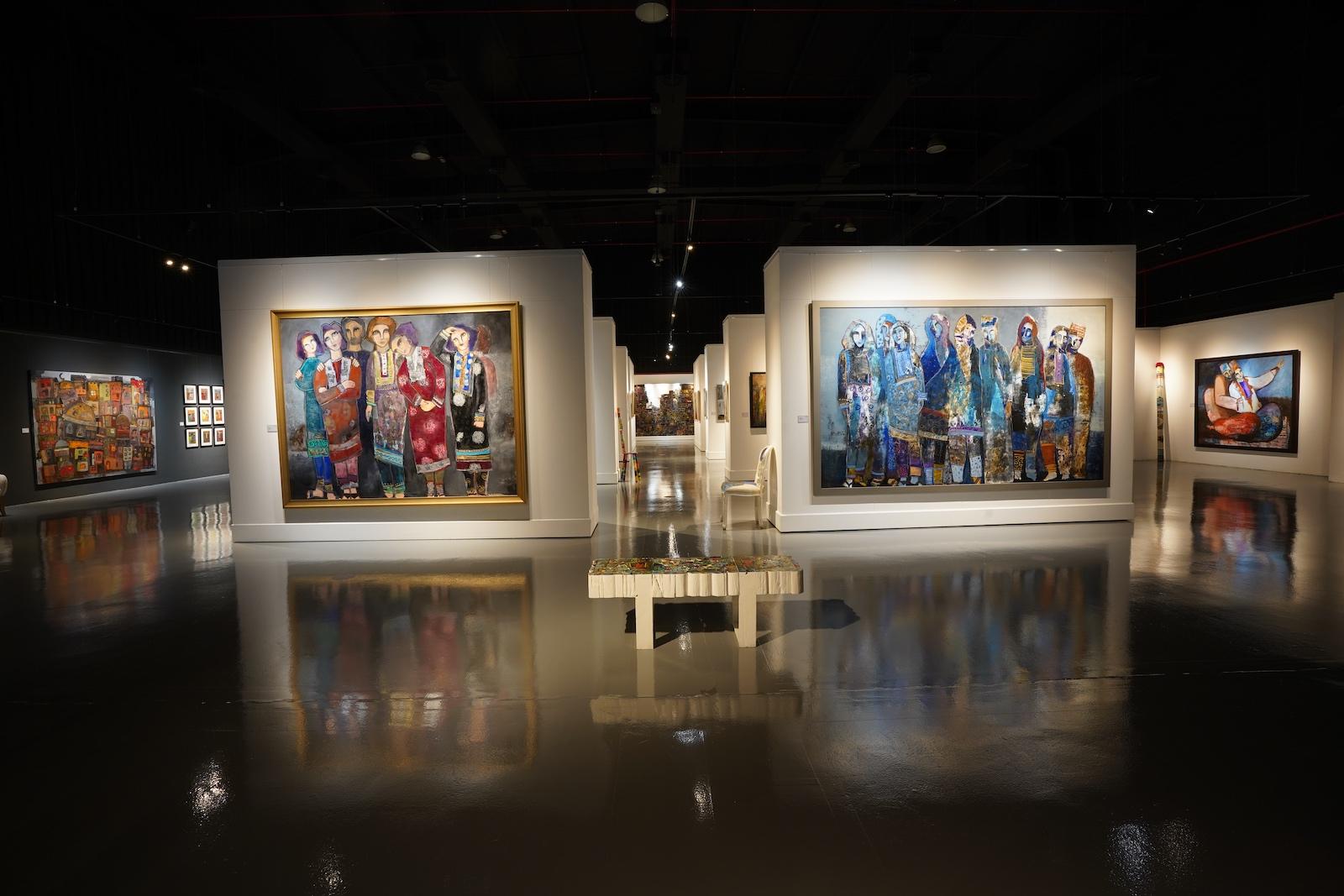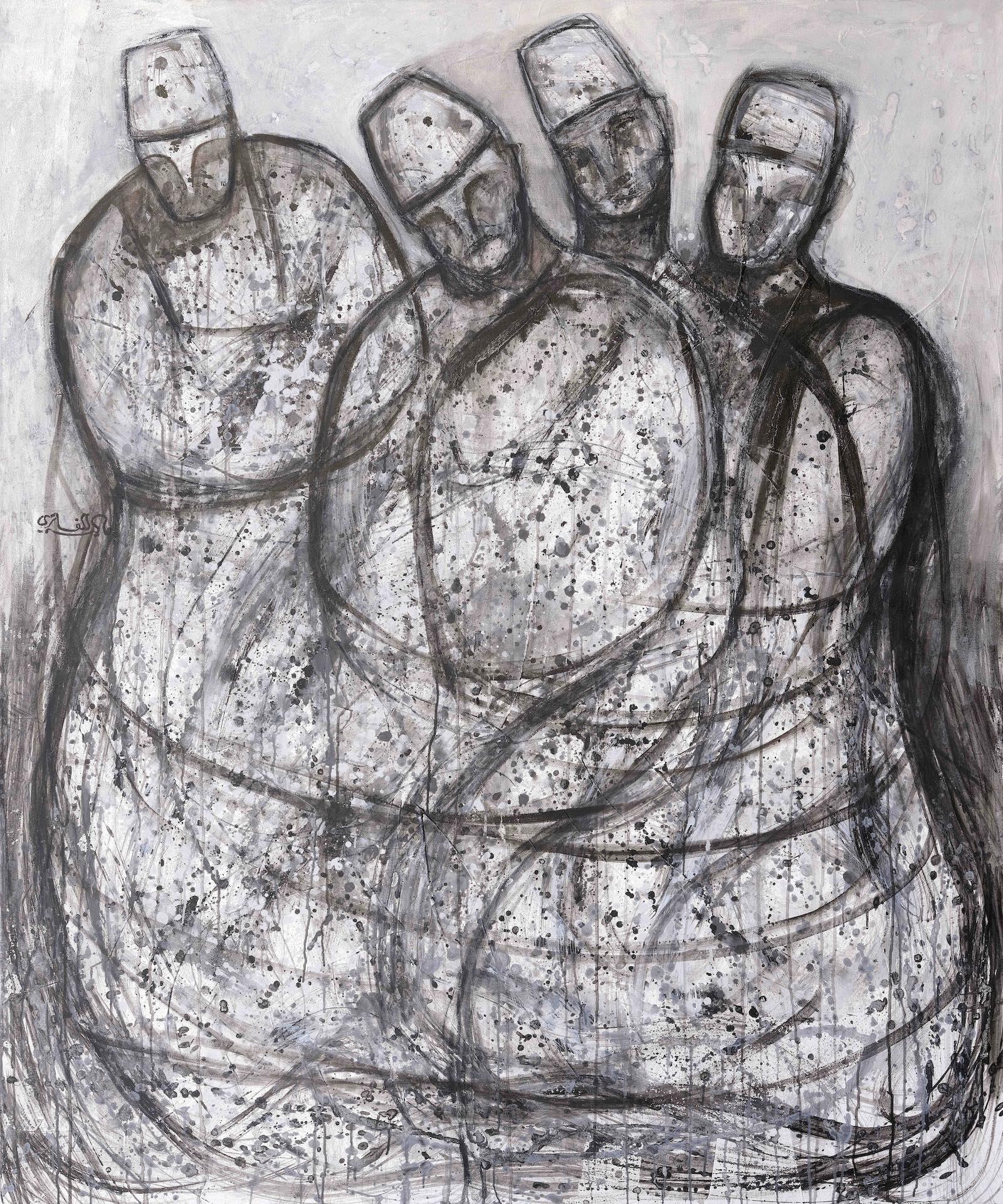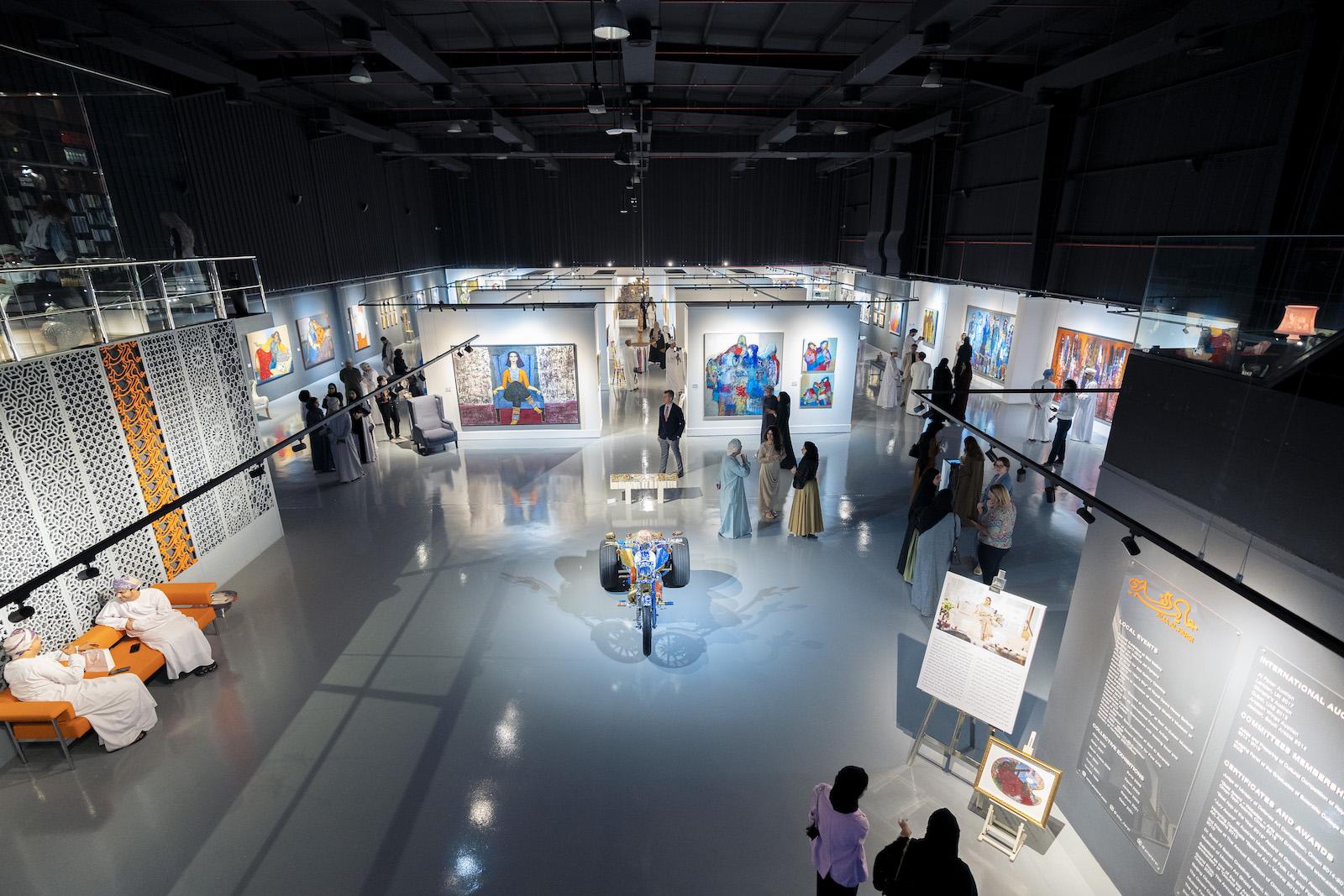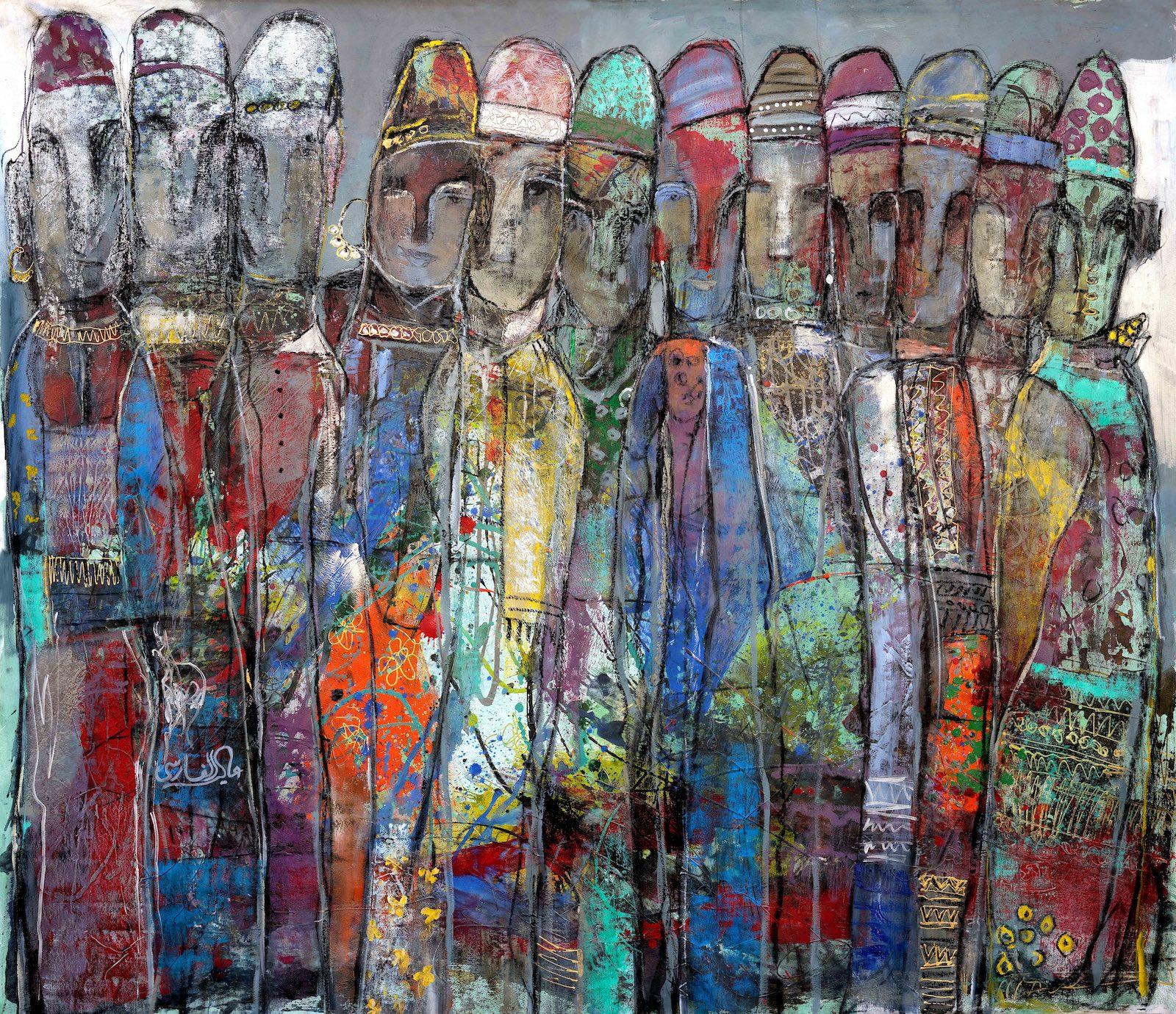Sekka (S): How and why did the idea for opening your own art gallery emerge?
Alia Al Farsi (AF): It was my childhood dream to create my own space for art in Oman and the journey for this began in 1993. Since then, I have represented my country in numerous regional and international art fairs, the result of which has been the accumulation of a long list of clients and many artworks. By 2018, I felt that it was the right time to start working on my biggest art project yet, Alia Gallery.
S: Why did you decide to go for a warehouse, of all places?
AF: While transforming a warehouse into an art gallery might seem unusual in the Arab region, it is not uncommon in many parts of the world. In fact, there are many similar projects in the west, especially in the United States. I found this warehouse in a new area in the Al Rusayl Industrial City in 2018, back when there were no roads leading to it. The area is conveniently nestled between three major colleges and is located on the road from Muscat, the capital city of Oman, to the famous tourist hotspots, the historical city of Nizwa. The warehouse stretches over 860 square meters, which gave me the freedom to design and mold it the way I desired.
S: You were very hands on with this project. Describe your approach to designing the gallery.
AF: It had to speak in my voice. I designed it while keeping in mind that the venue should not only reflect my art, but also my personality and feelings. That’s why visitors will notice many of my personal items placed around the venue, such as my first ever pallet, my old photos, my collection of antiques and more. The looks and feel of the ground floor can be summarized in two words: elegance and class, while the second floor has a dimmer and cozier feel to it.




